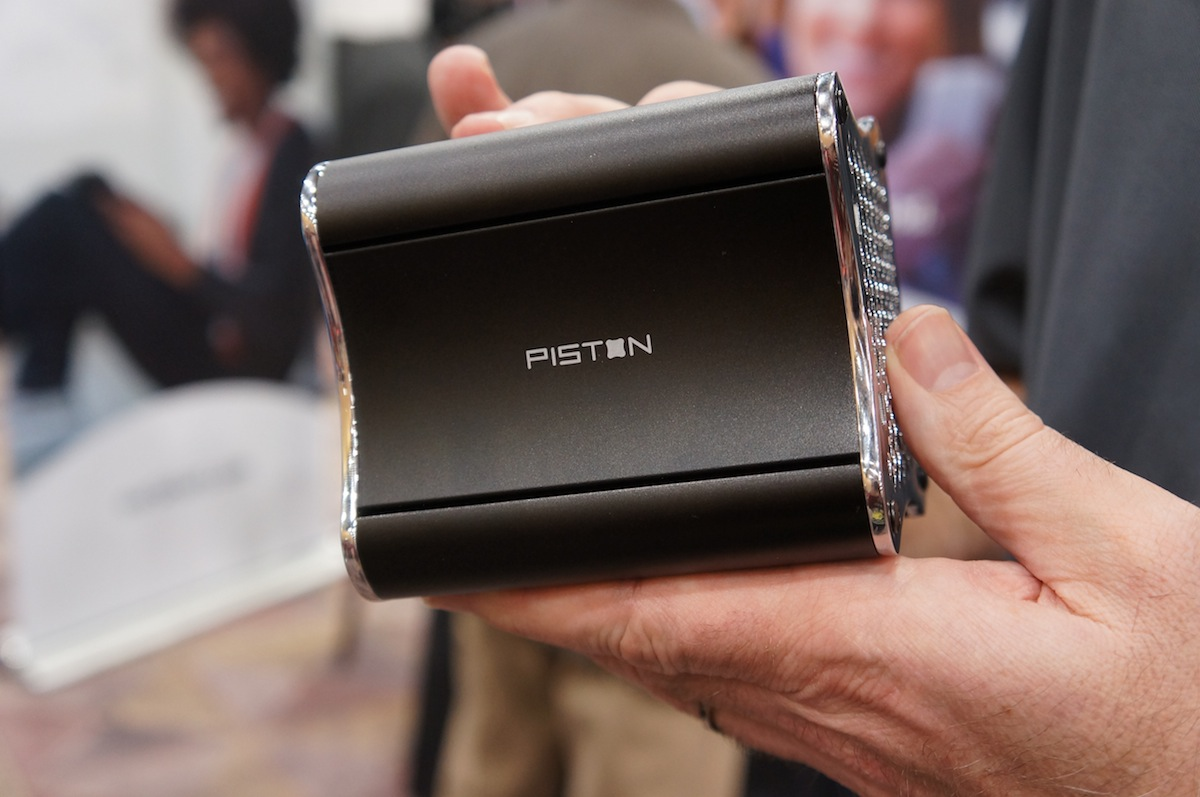
One of the first Steam Machine prototypes has been detailed and tested by YouTuber Bringus Studios. Unlike pretty much every other Steam Machine prototype and final product, this Xi3-made PC ran Windows instead of the Linux-based SteamOS operating system. The PC, which Xi3 later launched as the Piston, has middling gaming performance according to Bringus Studios' benchmarks, and even in its own time wasn't very fast.
When Bringus Studios first acquired this strange mini-PC, the YouTuber actually didn't quite know what he had, because it didn't have a product name, just the logo of Xi3. After some digging, he concluded this PC was a prototype of Xi3's Piston, which was supposed to be one of the first Steam Machines. The apparent prototype doesn't seem very different from the final product, except for the fact that Bringus Studios' model doesn't have the Piston branding on it — adding credence to the idea that it's a prototype.
Technically, the Xi3 Piston isn't actually a Steam Machine. In fact, when it was first revealed in early 2013, the term Steam Machine wasn't even official. The PC community used the unofficial term Steam Box instead. While it initially seemed Valve was directly invested in Xi3's Piston PC when it was revealed in early 2013, just a few months later Valve said it actually had nothing to do with the Piston and that Xi3 was on its own. The Piston did eventually launch for $1,000, but not under the auspices of Valve, and it wasn't a Steam Machine or even a Steam Box.
Under the hood, the Piston has an AMD Trinity APU and 8GB of RAM. This APU is an embedded model going by the name R-464L, but it's actually the same silicon as AMD's old A10-4600M from 2012. When we tested it 12 years ago, the A10-4600M didn't exactly provide an amazing gaming experience, and the Xi3 prototype is no different. In Bringus Studios' testing, it struggled to get the Piston to run many games well. Half Life ran fine, but Half-Life 2 barely hit 60 FPS. Portal 2 was clinging on to 30 FPS as best it could, but it was still laggy, and Team Fortress 2 was dipping into the mid-20s.
There were mixed results for more modern games. Bringus Studios was actually able to get Doom (2016) to run pretty well at 50% resolution scale and 480p, but Counter-Strike 2 was essentially unplayable even with some truly atrocious-looking graphics settings.
The reasons why Valve canceled its partnership (if there ever was one) with Xi3 are unclear. It might have been due to the high price tag or the poor performance, but more likely it was because Xi3 wanted to use Windows. Not only was the Piston made for Windows, apparently it really doesn't work well with Linux, as Bringus Studios failed to get it to boot on two different distros. However, it worked fine on both Windows 11 and 10.
In the end, Valve went ahead with Steam Machines that used the Linux-powered SteamOS instead of relying on Windows like Xi3. While the Steam Machine wasn't really successful, SteamOS continued on and now we have SteamOS 3 on the Steam Deck. Had Valve gone with Windows instead, the landscape of PC gaming could look very different today.







